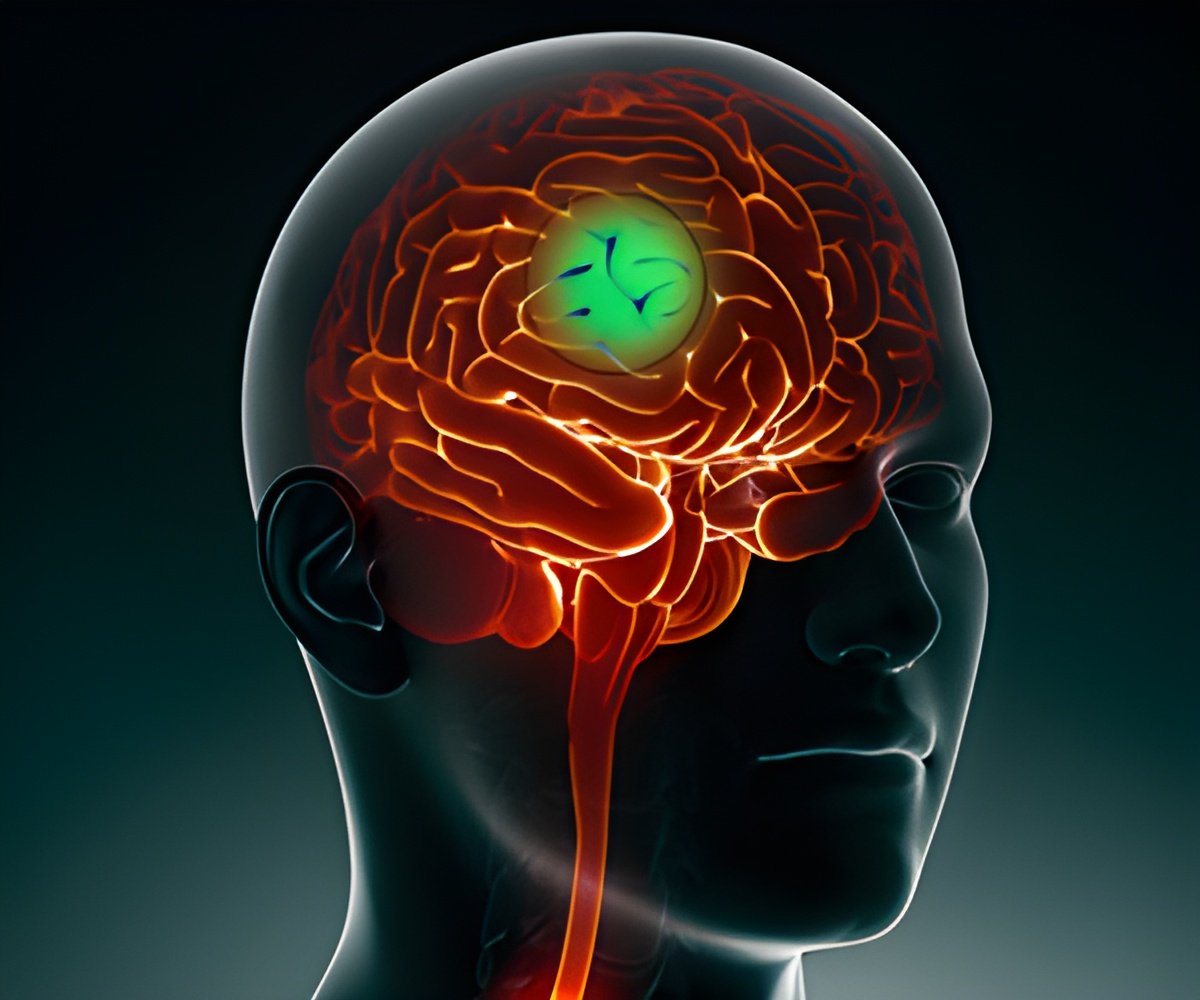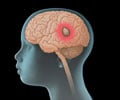NIR-II fluorescent molecule with aggregation-induced-emission (AIE) helps make orthotopic brain-tumor imaging clearer and faster, stated new study.

TOP INSIGHT
NIR-II fluorescent molecule with aggregation-induced-emission (AIE) helps make orthotopic brain-tumor imaging clearer and faster.
Fluorescence imaging in the second NIR window (NIR-II), compared with the first NIR window (NIR-I), exhibits salient advantages of deeper penetration and higher spatiotemporal resolution, owing to further reduced photon scattering, absorption, and tissue autofluorescence in biological tissues.
Scientists designed a new donor-acceptor (D-A)-tailored NIR-II emissive AIE molecule, and formulated dots showed a high NIR-II fluorescence quantum yield up to 6.2%, owing to the intrinsic aggregation-induced emission nature of the designed molecule.
The AIE dots have been successfully used for dual NIR-II fluorescence and NIR-I photoacoustic imaging for precise noninvasive brain-tumor diagnosis. Based on the same dots, the experiments revealed that NIR-II fluorescence imaging showed a high resolution.
Meanwhile, NIR-I PA imaging intrinsically exhibited higher penetration depth than that of NIR-II fluorescence imaging, which allowed clear delineation of tumor depth in the brain.
Source-Eurekalert
 MEDINDIA
MEDINDIA




 Email
Email










